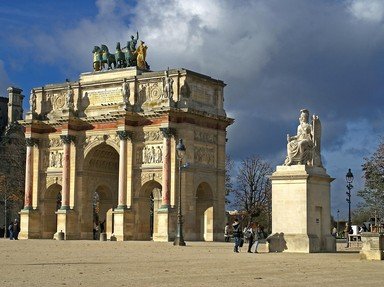
Wellington's Battles in Europe: A Timeline Quiz
Arthur Wellesley, later Duke of Wellington, fought a number of battles in Portugal, Spain and Belgium between 1808 and 1815. Can you put them in chronological order? Sieges and actions in which Wellington took little or no part are not included.
An ordering quiz
by Southendboy.
Estimated time: 3 mins.